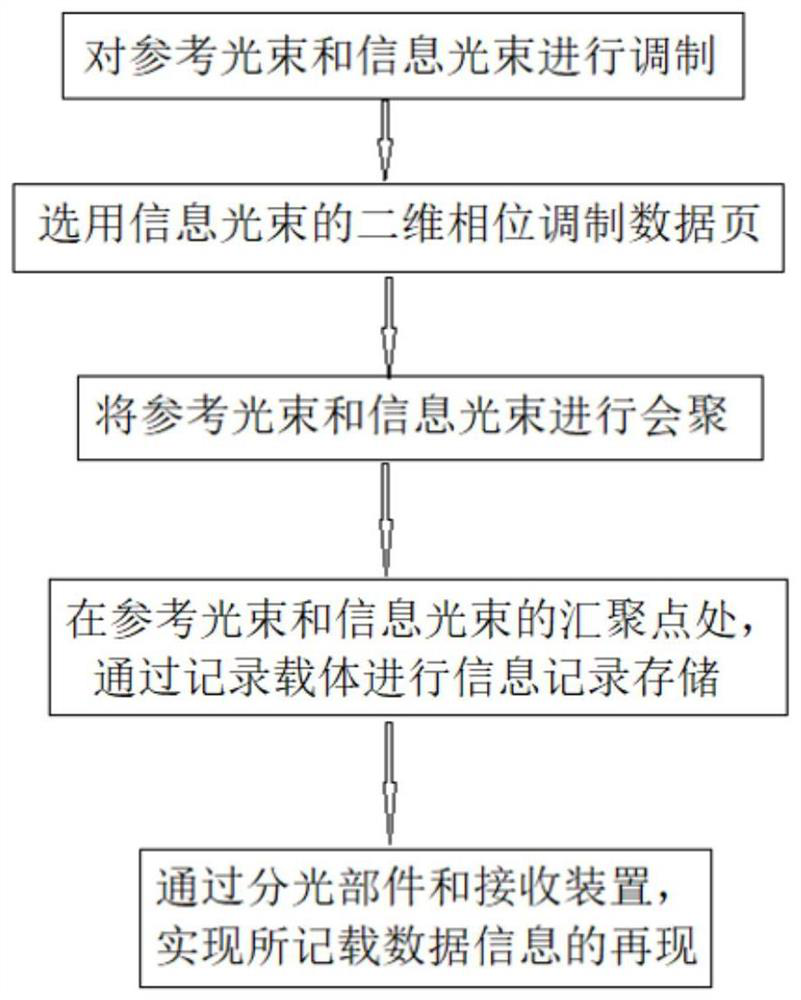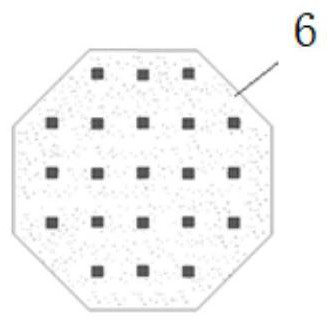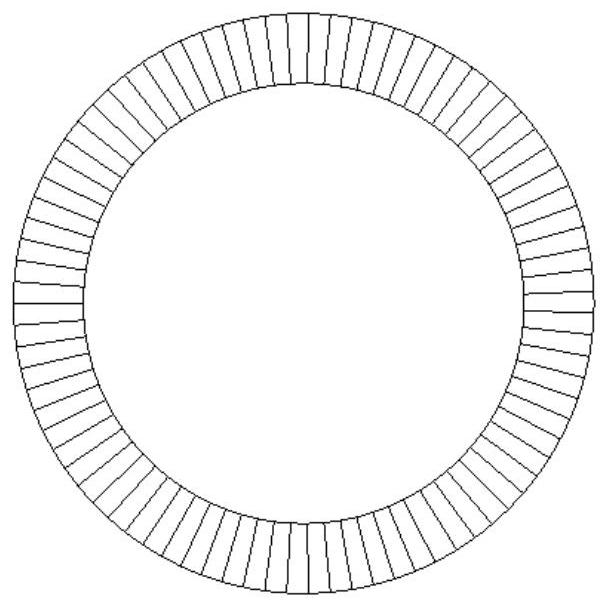Phase modulation holographic storage and reproduction method and storage and reproduction device
A phase modulation, holographic storage technology, applied in optical recording/reproducing/erasing methods, information storage, recording information storage, etc., can solve problems such as uneven consumption, additional noise, and reduction of signal-to-noise ratio.
- Summary
- Abstract
- Description
- Claims
- Application Information
AI Technical Summary
Problems solved by technology
Method used
Image
Examples
Embodiment 1
[0033] A kind of phase modulation type holographic storage reproduction method, see figure 1 , when storing information, includes the following steps,
[0034] Converting the reference beam 1 and the information beam 2 through the spatial modulator 5 into an annular reference beam surrounded by the reference beam 1 outside the information beam 2 and coaxial with the information beam 2, and the reference beam 1 and the information beam 2 are coaxial;
[0035] see figure 2 and image 3 , the information beam 2 adopts two-dimensional phase modulation data page 6, and the reference beam 1 can also adopt a two-dimensional pattern of phase distribution, and both or one of them belong to the pattern of phase distribution;
[0036] The reference beam 1 and the information beam 2 are converged at the convergence point through the first convex lens 3, and the first convex lens 3 is coaxial with the reference beam 1 and the information beam 2;
[0037] A recording medium 4 is placed ...
Embodiment 2
[0042] For the phase modulation holographic storage and reproduction method and storage and reproduction device of Embodiment 1, see Figure 6 , the recording medium 4 adopts a reflective optical disc. The reflective optical disc is arranged as a structure including a protective layer 401 , a recording layer 402 and a reflective layer 403 from top to bottom.
[0043] Also, see Figure 5In the above-mentioned phase modulation holographic storage and reproduction method, when information is reproduced, the first beam splitter 7 is installed on the optical path before the reference beam 1 reaches the first convex lens 3 . The optical axis of the first convex lens 3 coincides with the optical axis of the first beam splitter 7 in the transmission direction. A receiving device is installed on the optical axis of the reflection direction of the first beam splitter 7, so that the data recorded in the three-dimensional hologram can be reproduced on the receiving device.
[0044] Cor...
Embodiment 3
[0046] For the phase modulation holographic storage and reproduction method described in Embodiment 1 or Embodiment 2, see Figure 7 , when information is reproduced, the laser beam emitted by the laser 9 passes through the second convex lens 10 after divergence and is converted into a plane light, and the plane light enters the spatial light modulator 5 after passing through the first reflector 11 and is converted into a ring-shaped reference beam 1 , the reference beam 1, after passing through the first beam splitter 7, passes through the fourth convex lens 15, the second reflecting mirror 16 and the fifth convex lens 17 in turn and reaches the dichroic beam splitter 18, wherein the fourth convex lens 15 and the fifth convex lens 17 form a translation The lens group, after passing through the dichroic beam splitter 18, after passing through the λ / 4 wave plate 23 and the fourth mirror 22, converges on the holographic disc 24 through the first convex lens 3 for information repr...
PUM
 Login to View More
Login to View More Abstract
Description
Claims
Application Information
 Login to View More
Login to View More - R&D
- Intellectual Property
- Life Sciences
- Materials
- Tech Scout
- Unparalleled Data Quality
- Higher Quality Content
- 60% Fewer Hallucinations
Browse by: Latest US Patents, China's latest patents, Technical Efficacy Thesaurus, Application Domain, Technology Topic, Popular Technical Reports.
© 2025 PatSnap. All rights reserved.Legal|Privacy policy|Modern Slavery Act Transparency Statement|Sitemap|About US| Contact US: help@patsnap.com



